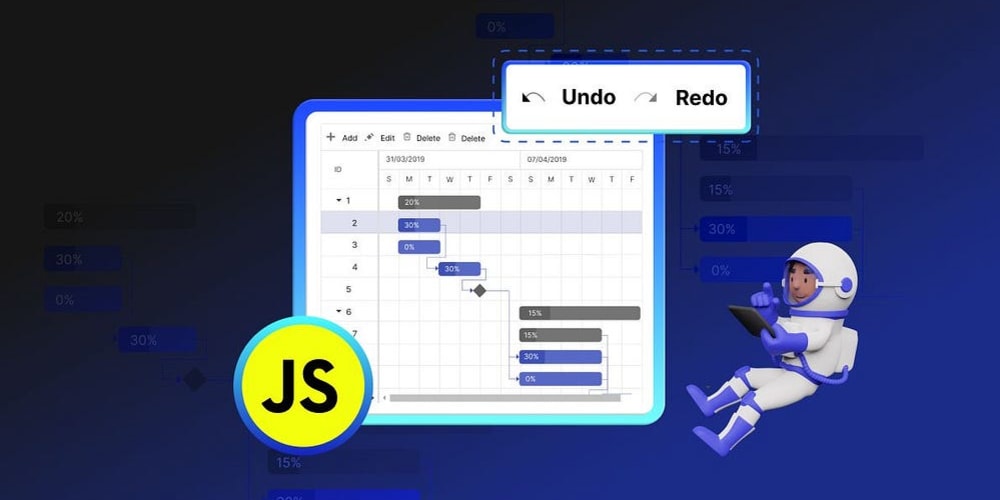1. Introduction
The Rise of Ride-Sharing Apps
In recent years, ride-sharing apps like Uber have revolutionized the way we think about transportation. With just a few taps on our smartphones, we can summon a ride to our doorstep, making travel more convenient than ever before. As more people seek flexible transportation options, the demand for similar apps continues to grow.
Why Build an App Like Uber?
If you're considering diving into the world of app development, building an app like Uber presents a fantastic opportunity. Not only does it cater to a growing market, but it also allows for innovative features that can differentiate your app from existing competitors. So, how do you go about creating your own ride-sharing platform? Let’s dive deeper!
2. Understanding the Market
Analyzing Your Competition
Before you jump into development, it’s crucial to conduct a thorough analysis of your competition. Research established players like Uber and Lyft, as well as local alternatives in your target market. What do they offer? What are their strengths and weaknesses? Understanding this landscape will help you carve out your niche.
Identifying Your Target Audience
Who are you building your app for? Is it commuters, tourists, or a specific demographic? Knowing your target audience allows you to tailor your features and marketing strategies effectively. Conduct surveys or focus groups to gather insights on what potential users want from a ride-sharing app.
3. Key Features of an Uber-Like App
User App Features
User Registration/Login: Allow users to create an account easily.
Ride Booking: Implement a straightforward booking interface.
Real-Time GPS Tracking: Users should be able to track their ride in real-time.
Payment Integration: Provide multiple payment options, including credit cards and digital wallets.
Rating and Review System: Enable users to rate drivers and provide feedback.
Driver App Features
Driver Registration/Login: A separate login for drivers to manage their rides.
Trip Alerts: Notify drivers of incoming ride requests.
Navigation Assistance: Integrate GPS for optimal route guidance.
Earnings Tracker: Allow drivers to see their daily earnings.
Admin Panel Features
Dashboard: A comprehensive view of all app activities.
User Management: Manage user accounts and profiles.
Driver Management: Monitor driver performance and conduct background checks.
Reporting Tools: Access to analytics and reporting features.
4. The Development Process
Choosing the Right Platform (iOS, Android, or Both)
Decide whether to build for iOS, Android, or both. While targeting both platforms maximizes your reach, it requires more resources. If you're on a budget, consider starting with one platform and expanding later based on user demand.
Selecting the Technology Stack
Choose a technology stack that suits your app's requirements. For example, using React Native or Flutter can help you build cross-platform apps more efficiently.
Designing the User Interface (UI) and User Experience (UX)
A seamless and intuitive UI/UX design is crucial for user retention. Work with designers to create an interface that is both attractive and easy to navigate.
5. Monetization Strategies
Commission-Based Model
Most ride-sharing apps operate on a commission basis, taking a percentage of each fare. This model is straightforward and easy to implement.
Subscription Model
Consider offering a subscription plan for frequent users who want perks, such as discounts on rides or exclusive access to services.
Advertising Revenue
As your app grows, you can also monetize through advertisements. Just be careful to balance ads with user experience so it doesn’t detract from the ride-sharing service.
6. Legal Considerations
Licensing and Permits
Before launching, ensure you have all the necessary licenses and permits to operate in your chosen market. This can vary significantly depending on local regulations.
Insurance Requirements
Both drivers and passengers need protection. Look into insurance options that cater specifically to ride-sharing services.
7. Marketing Your App
Building a Brand
Create a strong brand identity that resonates with your target audience. This includes a memorable name, logo, and marketing materials.
Digital Marketing Strategies
Leverage social media, SEO, and content marketing to reach potential users. Consider influencer partnerships or referral programs to expand your reach.
Launching Your App
Plan a strategic launch to create buzz around your app. Consider hosting events, offering promotions, or even collaborating with local businesses to maximize visibility.
8. Post-Launch Strategies
Gathering User Feedback
After launch, continuously collect feedback from users and drivers. Use surveys and app analytics to identify areas for improvement.
Continuous Updates and Improvements
Stay competitive by regularly updating your app with new features and enhancements based on user feedback.
9. Conclusion
Building an app like Uber can be a rewarding venture if approached correctly. From understanding the market to implementing key features, every step plays a vital role in your app's success. As you embark on this journey, remember to stay flexible and responsive to user needs. The ride-sharing industry is ever-evolving, and so should your app!
READ MORE: How To Develop An App Like Urban Company / UrbanClap?
FAQs
How much does it cost to develop an app like Uber?
Development costs can vary widely based on features, complexity, and location, but you can expect to spend anywhere from $50,000 to over $200,000.
What are the key features needed for a ride-sharing app?
Essential features include user registration, ride booking, GPS tracking, payment integration, and a rating system.
How do I promote my ride-sharing app?
Utilize digital marketing strategies, social media, influencer partnerships, and community events to create awareness.
Is it necessary to have an admin panel?
Yes, an admin panel is crucial for managing users, drivers, and overall app performance.
What technology should I use for development?
Popular technologies include React Native for cross-platform apps and Firebase for backend services.


















